Tesla has officially announced that its long-awaited robotaxi service is opening to the general public. The company has been teasing this moment for years, but while the launch is real, it comes with plenty of conditions, restrictions, and unanswered questions about how safe and reliable the service truly is.
Public App Launch, But Only for iPhone Users First
Tesla revealed that its new Robotaxi app is now available on the U.S. Apple App Store. Anyone interested can download it and join the waitlist for future rides. However, there’s a catch: the app only works on iPhones for now. Android users will have to wait until Tesla releases its version on Google Play, though no timeline has been shared.
For people on the waitlist, access will expand gradually. Not everyone will be able to book a ride immediately, as Tesla is still controlling the rollout city by city.
Where the Service Is Starting
The first locations listed on the app are Austin, Texas, and San Francisco. Tesla has been testing its fleet of robotaxis in Austin for months, but up until now, rides were only given to influencers, investors, and select guests. Check more news
Tesla also posted about a test ride in Palo Alto, California, where a robotaxi arrived in just five minutes and charged a flat $4.20 fare for a 10-minute trip. For now, each ride costs the same $4.20 fee with no tipping option, though Tesla makes it clear on its website that prices could change at any time.
The service currently does not include airports, which remain outside Tesla’s testing zones.
Safety Drivers Still in the Cars
Even though Tesla markets its Full Self-Driving (FSD) system as advanced, it is still officially rated as a Level 2 driver assistance system. That means it cannot operate completely on its own, and human monitors are required.
In Austin, Tesla robotaxis have begun using highways, but a safety driver is always in the driver’s seat, ready to take over. On city streets, Tesla previously placed safety drivers in the passenger seat, though it’s unclear if that policy will remain in place now that the public is joining rides.
This situation is further complicated by a new Texas law that took effect on September 1, 2025. The law requires vehicles to have a safety driver unless they are certified at Level 4 or Level 5 autonomy, standards Tesla has not yet met.
Tesla Falling Behind Rivals
While Tesla has a strong reputation in electric cars, it’s not the leader when it comes to robotaxis. Alphabet’s Waymo already operates driverless fleets with no safety drivers in cities such as San Francisco, Los Angeles, Phoenix, Austin, and Atlanta.
Waymo also uses lidar sensors and redundant safety systems, unlike Tesla’s vision-only camera approach. Independent tests show that Waymo currently offers a smoother and safer ride compared to Tesla’s developing service.
Tesla is also under investigation from regulators and faces lawsuits related to how it markets its Full Self-Driving technology.
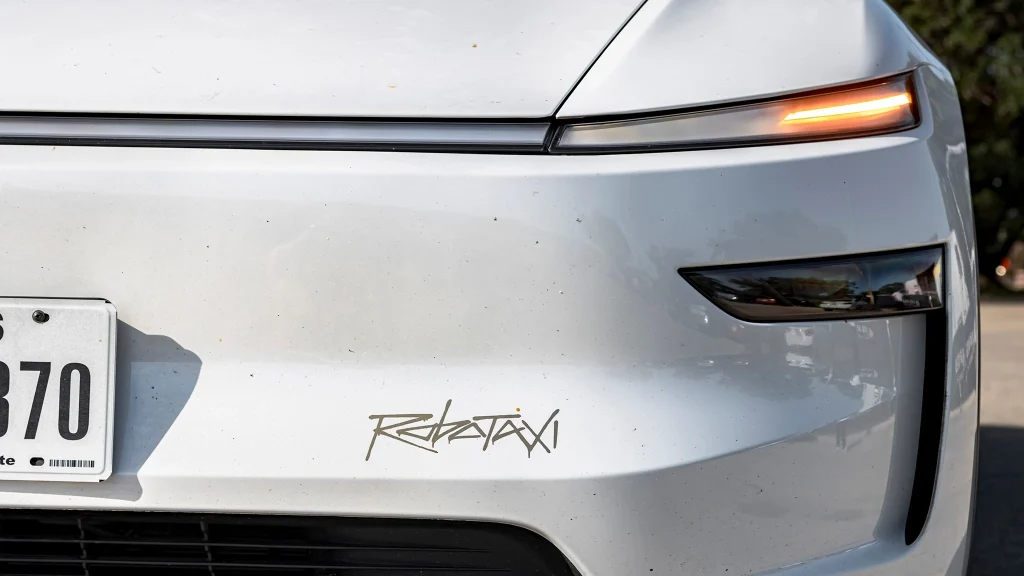

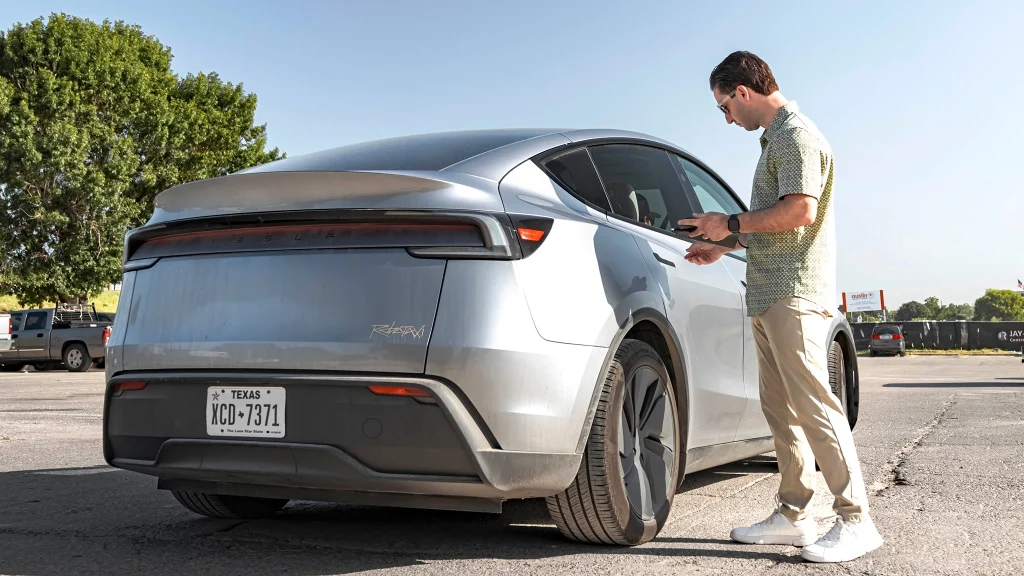
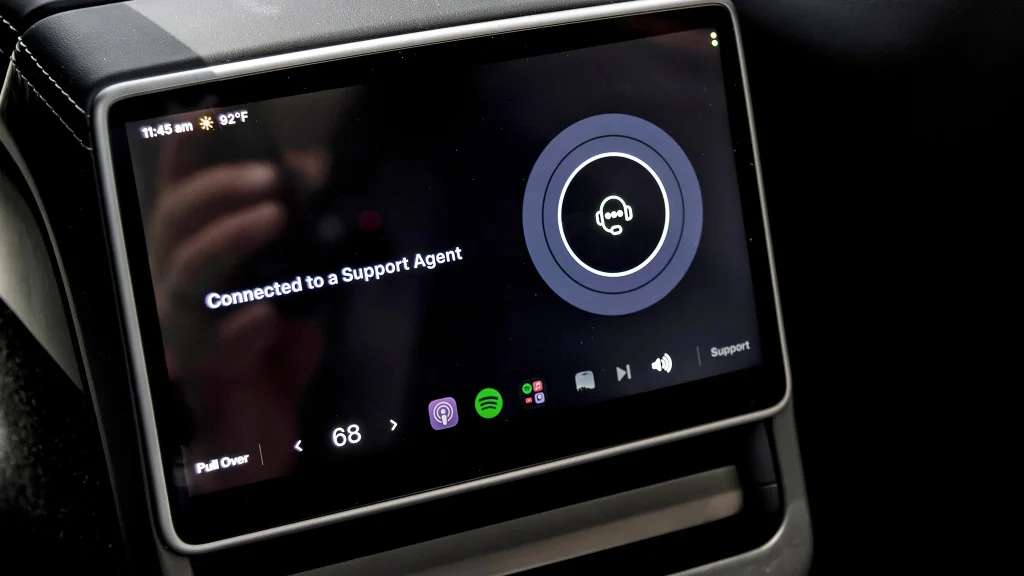
More Photos: Check here
Elon Musk’s Longtime Vision
Tesla CEO Elon Musk has been promising a future filled with autonomous Teslas for nearly a decade. His vision is that Tesla owners will one day be able to rent out their cars as robotaxis, generating income while the cars would otherwise sit parked.
Musk has repeatedly said there will be millions of Tesla robotaxis on the road “within a year,” but so far those promises have not materialized. The current rollout shows progress, but it also highlights how far the company still has to go.
Dojo Supercomputer Project Ends
Another major update tied to this launch is Tesla’s decision to abandon its ambitious Dojo supercomputer project. Dojo was supposed to be the backbone of Tesla’s push into AI and full autonomy by processing massive amounts of driving data.
Instead, Tesla will now rely on Nvidia and other semiconductor companies to supply the computing power it needs. Many investors view this as a sign that Tesla is no longer leading the field but is instead following the same path as other automakers.
The Bigger Picture: A Crowded Market
The autonomous driving industry is heating up. Mercedes, BYD, GM’s Cruise, Zoox, and Volkswagen are all working on their own systems, and several of them already match or exceed Tesla’s current capabilities.
Tesla’s robotaxi rollout is therefore not just about getting riders on board. It’s also about proving to investors and regulators that the company is still serious about autonomy.
What Riders Can Expect Now
If you’re one of the first people to try Tesla’s robotaxi service, here’s what you can expect:
- You’ll need an iPhone to access the app right now.
- The service is limited to certain geofenced areas in Austin and San Francisco.
- Each ride currently costs $4.20 with no tipping option.
- Expect safety drivers to remain inside the vehicles for the foreseeable future.
In short, the future Musk has promised is starting to take shape, but it’s still in its earliest stages.
In Austin, robotaxis have been allowed onto highways, but with a safety monitor in the driver’s seat. For city routes, safety drivers had previously sat in the passenger seat, though Tesla hasn’t confirmed if that will remain the case as the service opens to more riders.
A new Texas law adds another layer of complexity. As of September 1, 2025, vehicles must have a safety driver unless they are certified as fully autonomous (Level 4 or Level 5). Tesla has not reached that standard, which means human monitors will still be required.
In contrast, competitors such as Waymo have already achieved driverless operation in multiple cities, operating without safety drivers.
Falling Behind Competitors
Tesla may be the most recognizable name in electric cars, but in the robotaxi race, it is not leading. Waymo, owned by Alphabet, runs a large fleet of self-driving vehicles in San Francisco, Los Angeles, Phoenix, Austin, and even Atlanta. Waymo’s technology also uses lidar sensors and backup systems for extra safety, features Tesla has avoided by relying only on cameras.
Tesla is also under scrutiny from regulators and faces lawsuits over its claims about “Full Self-Driving.” A recent comparison test in Austin between Tesla’s robotaxi and Waymo’s Jaguar I-Pace robotaxi showed that while Tesla’s system shows potential, it still lags behind Waymo’s smoother and safer experience.
Elon Musk’s Vision vs. Reality
CEO Elon Musk has been promising widespread self-driving Tesla cars for nearly a decade, often predicting millions of autonomous Teslas within a year. He also sees robotaxis and humanoid robots as the future of the company, more so than its traditional electric vehicles.
Musk has long suggested that Tesla owners will one day be able to earn money by letting their cars operate as robotaxis when not in use. That vision, however, remains far from reality given current legal and technical limits.
The End of Dojo and Shift to Nvidia
Adding to the uncertainty, Tesla recently confirmed it is shutting down its ambitious Dojo supercomputer project. Musk once described Dojo as essential to achieving true autonomy, since it was designed to handle massive amounts of driving data and AI training.
Instead, Tesla will now rely on computing power from Nvidia and other chipmakers, as well as cloud services. For investors, this decision marked a turning point, moving Tesla from being seen as a pioneer in AI to more of a traditional automaker relying on outside suppliers.
A Crowded Field of Competition
Tesla’s move comes as competition heats up globally. Mercedes has already introduced advanced driver assistance systems, while Chinese automakers like BYD are also pushing into autonomous tech. Companies such as Zoox, GM’s Cruise, and Volkswagen are all working aggressively to capture their share of the self-driving market.
What This Means for Riders
For the public, the Tesla robotaxi announcement is exciting but limited. The service is real, but only available to a small group of iPhone users in select cities for now. Each ride costs $4.20 with no tipping option, though prices are likely to change as the program expands. Riders should also expect safety drivers to remain in the vehicles for the foreseeable future.
The bottom line: Tesla is finally opening the door to the robotaxi era, but it’s a cautious step rather than the revolutionary leap Elon Musk has been promising.
FAQs
How much does a Tesla robotaxi ride cost?
Right now, Tesla charges a flat fee of $4.20 per ride, regardless of distance or time. However, the company says pricing could change in the future.
Do Tesla robotaxis drive without a human driver?
Not yet. Tesla’s system is still classified as Level 2 autonomy, which means safety drivers must remain inside the vehicle to take control if needed.
Where can you use the Tesla robotaxi service?
Currently, Tesla has announced service in Austin, Texas, and San Francisco. The service area is limited to specific geofenced zones and does not include airports.
Is Tesla ahead of Waymo in robotaxis?
No. Waymo is currently considered the leader in robotaxi services, already offering driverless rides without safety drivers in multiple U.S. cities. Tesla is still catching up.
Why is the Tesla robotaxi app only on iPhone?
Tesla launched its app first on the Apple App Store. An Android version is planned, but no release date has been announced.
What happened to Tesla’s Dojo supercomputer?
Tesla has canceled the Dojo project and will instead rely on Nvidia and other companies for the computing power needed to run its AI and autonomous systems
Will Tesla robotaxis expand to more cities soon?
Tesla says it plans to expand, but no official list of future cities or a clear timeline has been shared. Expansion will likely depend on local laws and technical readiness
Are Tesla robotaxis safe?
Tesla claims they are, but safety drivers are still required by law. Independent comparisons suggest Waymo offers a smoother and more reliable driverless experience right now.
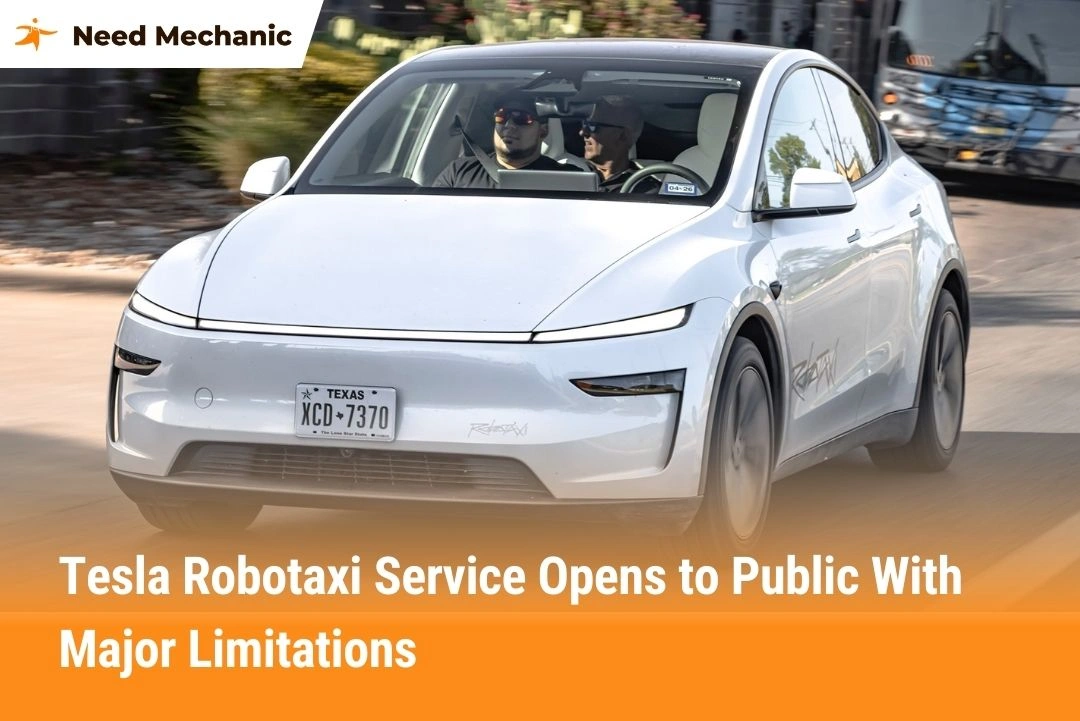
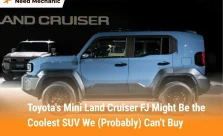

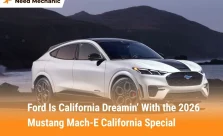
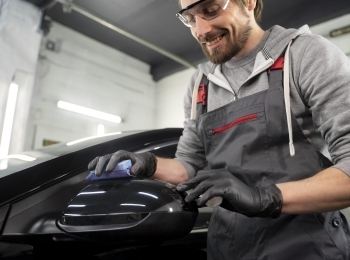
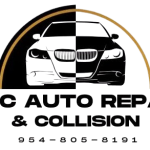
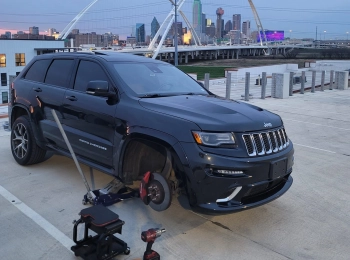

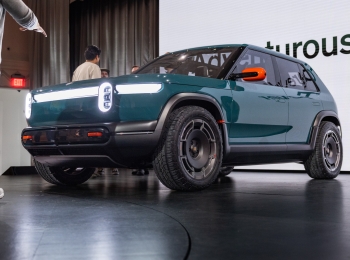

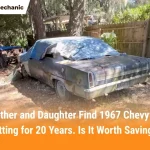

Leave a Reply